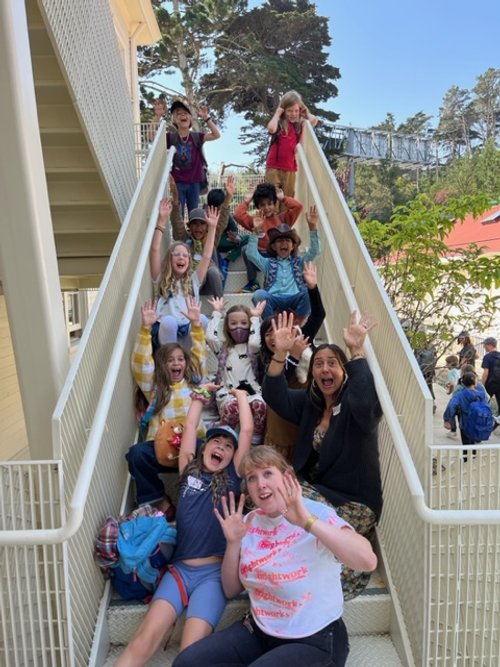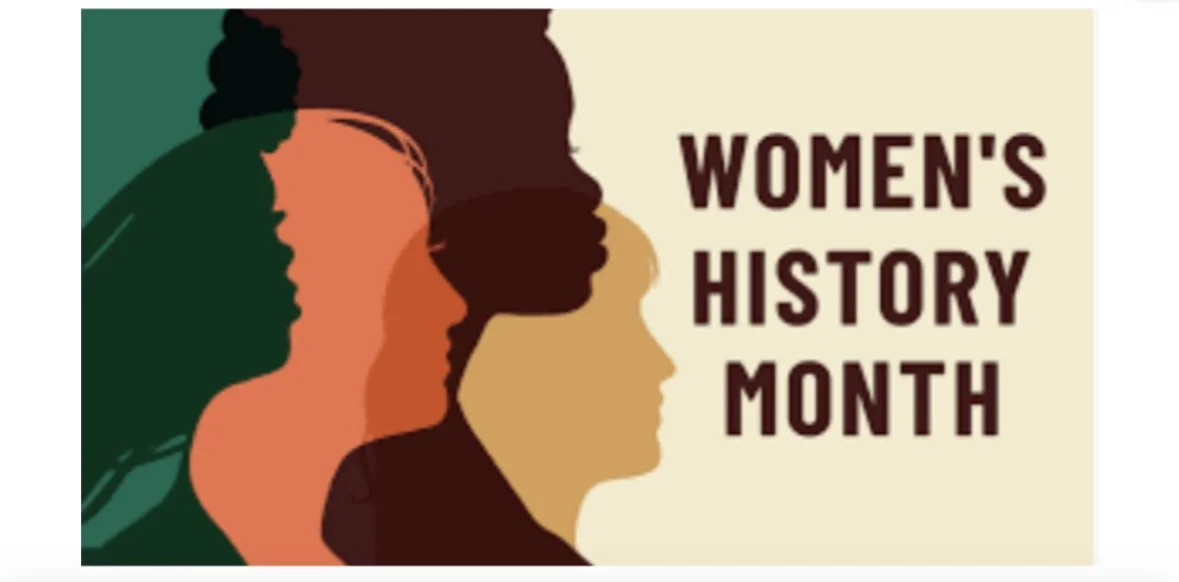Being in Community
At Brightworks, we center community, connection & care in the work we do and place an emphasis on people over product.
This work increases our capacity to build trusting relationships, navigate conflicts, celebrate differences, and embark on shared endeavors; all of which are crucial things we practice as human beings.
Our community members, big and small, are constantly learning these skills together!
In Classrooms: Group Agreements.
The ways we work together and hold each other accountable, articulate how we would like to be in community and how we will work to is such an important part to starting the school year off right.
During our community arc (the first 3 weeks of each school year), our commitment to building a strong, collaborative community is front and center. The foundation of our school’s community's harmony is the creation of group agreements, an essential process that each of our bands undertakes. These agreements are dynamic, living documents, co-crafted by our students, reflecting their voices and ideas. Throughout the year, these agreements continue to evolve.
You'll notice a progression in the content and depth of these agreements as students move through each grade level, from Kindergarten to 12th grade. By the time students reach high school, they are engaging in critical self-examination of their values, honing their skills in articulating and enacting community agreements, and deepening their understanding of conflict resolution and restoration. This crucial work is the cornerstone of their development as thoughtful, engaged, and collaborative global citizens.
Check out a couple examples of Group Agreements:
~8-10 year olds - Quartz Band Agreements
11-12 year olds - Amethyst Band Ageements
One tool in our toolbox: Restorative Justice
This year, during our staff meetings, we're concentrating on Restorative Justice practices that help build our own toolkits and support our students as they learn to manage conflicts. We're acquiring new techniques, sharing successful approaches, and examining areas where we can grow. As a staff, we're addressing growth areas related to the consistency of language and approaches across the school. We're also striving to make our restorative efforts more visible to students who may not be directly involved but still feel the effects of a conflict.
Many people associate Restorative Justice solely with addressing hurt feelings or broken agreements, but it extends far beyond that. It encompasses community building, self-awareness, anti-bias/anti-racist education, and, of course, conflict resolution. How can we restore relationships if there's nothing to restore? How can we build relationships without empathy and self-awareness? How can we address conflicts without understanding our own biases?
When a conflict arises, causing harm between two or more individuals, we conduct separate interviews to comprehend the needs involved. Then, we ask how we can repair the harm and meet those needs. Sometimes, if all parties are willing, we hold a restorative conversation where each side can share their feelings, needs, and potential solutions. Importantly, this conversation is voluntary; we don't compel apologies. If students choose not to engage in the repair process, we may need to consider alternative consequences. Nonetheless, our approach always centers on understanding the needs that surfaced and ensuring they are met without causing harm in the future.


























